Fish are often thought of as simple creatures that swim, eat, and reproduce without much complexity. However, the natural world is full of surprises, and certain fish species challenge our preconceptions by demonstrating remarkable architectural abilities. Nest-building fish are fascinating examples of underwater engineering, creating intricate structures to protect their eggs and young from predators and environmental hazards. These aquatic architects employ various building techniques and materials, from plant matter to bubbles, showcasing impressive problem-solving abilities and parental investment. Their building behaviors not only ensure the survival of their offspring but also reveal sophisticated adaptation strategies that have evolved over millions of years.
The Remarkable Diversity of Nest-Building Fish
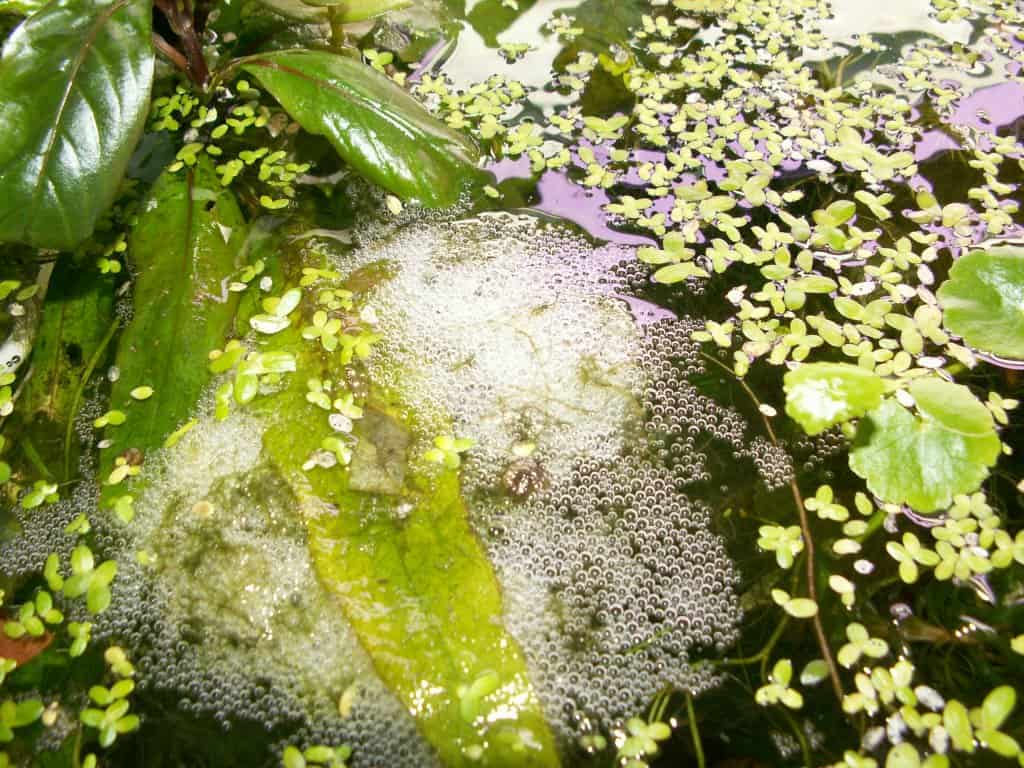
Nest-building behaviors have evolved independently in numerous fish families across both freshwater and marine environments. From the familiar bettas and cichlids to the lesser-known sticklebacks and gouramis, more than 9,000 fish species engage in some form of nest construction. This convergent evolution—where unrelated species develop similar traits to solve common problems—demonstrates the adaptive value of nest-building behaviors. Interestingly, these nests vary tremendously in design, construction materials, and complexity, reflecting the specific ecological challenges each species faces in its native habitat. Some nests are simple depressions in sand or gravel, while others are elaborate structures of woven plants, mucus, air bubbles, or even rocks carefully arranged to create protective chambers.
The Iconic Bubble Nests of Bettas and Gouramis

Perhaps the most well-known nest-building fish are the Siamese fighting fish (Betta splendens) and various gourami species from the Anabantidae family. Males of these species create floating bubble nests by gulping air at the water’s surface and mixing it with a special sticky mucus secreted from their mouths. The resulting bubbles are arranged into floating rafts that can be quite extensive, sometimes spanning several inches in diameter. During courtship, the male attracts a female to spawn beneath his bubble creation. After she releases her eggs, he carefully gathers each egg in his mouth and spits it into the bubble nest, where they remain safely suspended until hatching. The male then diligently guards the nest, repairing any damage and retrieving falling eggs or fry. This meticulous parental care continues until the young fish are free-swimming—typically 3-5 days after hatching. The bubbles serve multiple purposes: they keep eggs oxygenated, prevent them from sinking into potentially oxygen-poor water, and provide physical protection from predators.
The Three-Spined Stickleback’s Engineering Marvel
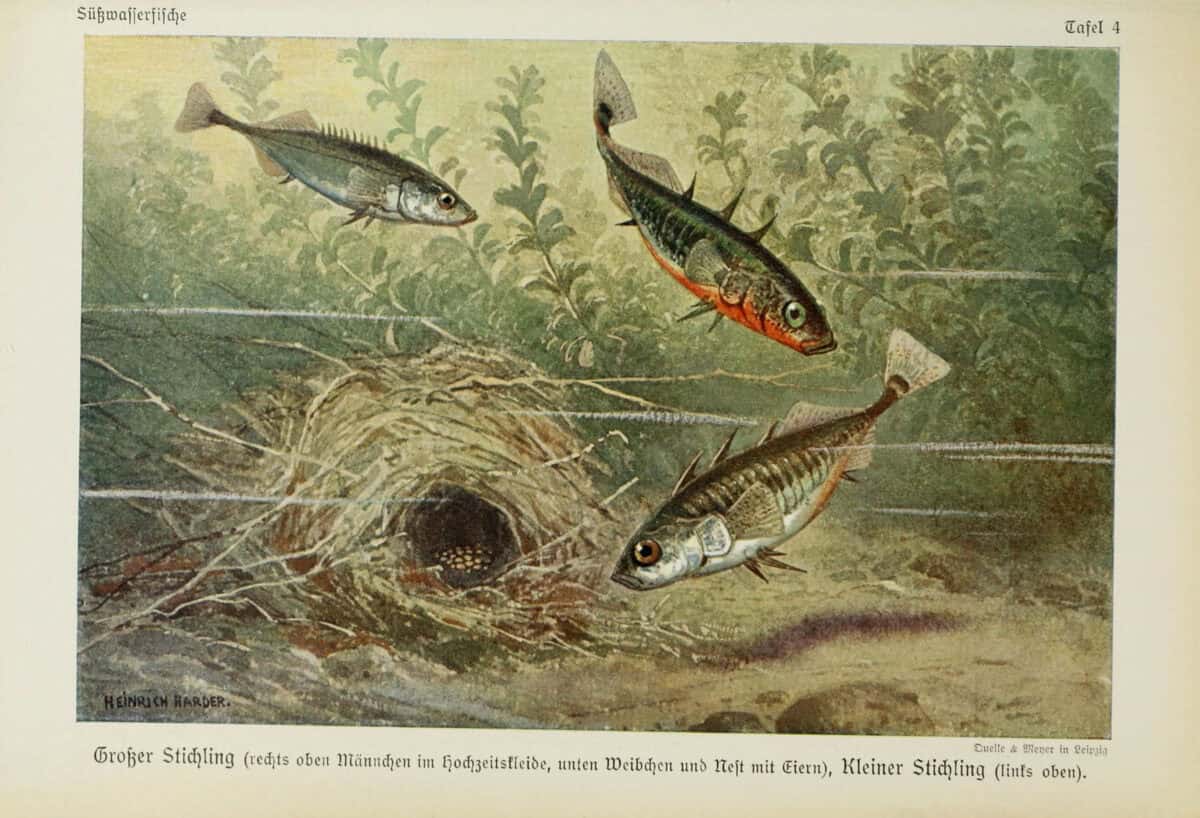
The three-spined stickleback (Gasterosteus aculeatus) is revered among ichthyologists for its exceptional nest-building abilities. During breeding season, males develop a bright red belly and blue eyes to attract females, then construct elaborate nests using plant materials, algae, and sand particles. What makes their construction technique particularly impressive is their use of a specialized kidney secretion that acts as underwater “glue.” The male first digs a small pit in the substrate, then collects plant materials which he threads through this depression, creating a tunnel-like structure. After completion, he swims through the tunnel repeatedly, using his body to shape and reinforce it. This creates a protective nursery with a distinct entrance and exit. Studies have shown that females actively choose mates based partly on nest quality, making this architectural skill directly linked to reproductive success. These nests are so well-constructed that they can withstand significant water currents while maintaining their structural integrity.
Cichlids: The Diverse Family of Nest Architects
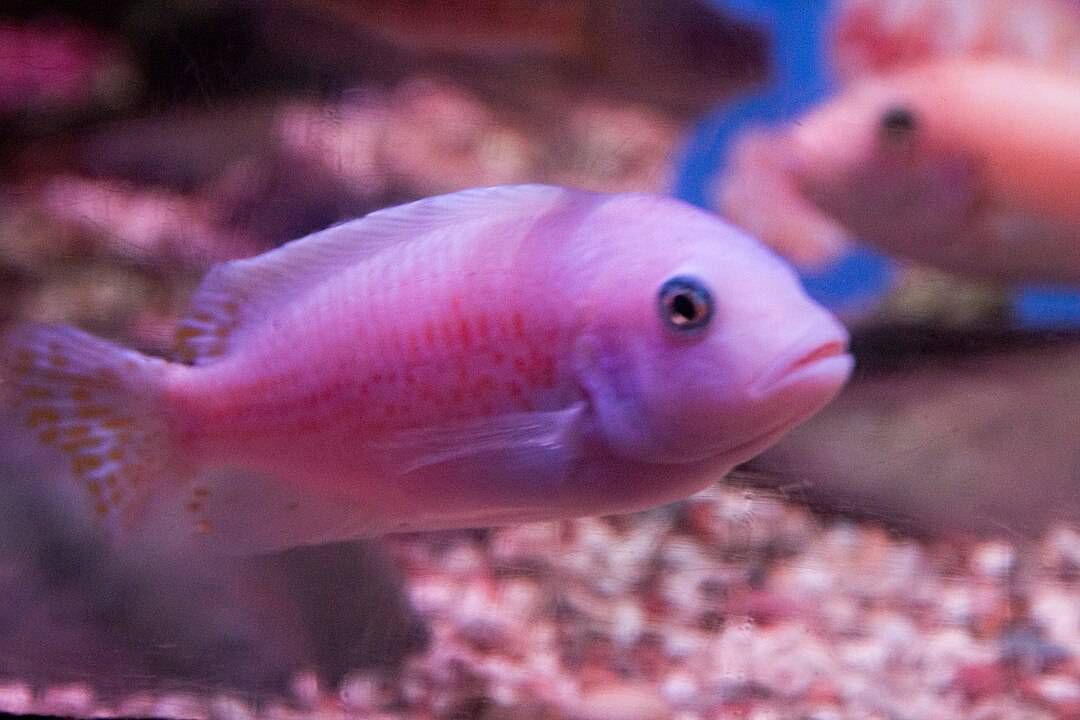
Cichlids represent one of the most diverse families of nest-building fish, with over 1,600 known species exhibiting various construction techniques. Many African cichlids, like those from Lake Malawi and Lake Tanganyika, create pit nests by clearing circular depressions in the lake bottom. These “sand castles” can be up to 3 feet in diameter and serve as spawning sites and territories. Other cichlids, particularly from South America, build nests from leaves and plant matter, carefully arranging vegetation to create protected spaces for their eggs. Some species even move rocks many times their body weight to construct stone nests—a remarkable feat of strength and determination. The discus fish (Symphysodon spp.), a popular aquarium cichlid, takes parental care further by secreting a nutritious mucus from their skin that their newly hatched fry feed on directly. This diversity of nesting strategies within a single family demonstrates how adaptable and specialized reproductive behaviors can become across evolutionary timescales.
The Surprising Nest-Building Behaviors of Catfish

Several catfish species demonstrate fascinating nest-building behaviors that are less commonly known. The channel catfish (Ictalurus punctatus) creates depression nests under logs or rocks, with males guarding the eggs until they hatch. More elaborate are the nests of the South American banjo catfish (Bunocephalus species), which construct small burrows lined with plant material where females deposit eggs. Perhaps most impressive are certain armored catfish species (family Callichthyidae) that build floating bubble nests reinforced with plant material. The males actively maintain these nests by continuously adding bubbles and adjusting plant positions, ensuring optimal oxygen levels for developing eggs. This behavior is particularly remarkable given that catfish are bottom-dwelling species that have evolved this specialized reproductive strategy involving surface water. Their diverse nest-building approaches highlight how even fish from the same taxonomic group can develop radically different solutions to the challenges of reproduction.
Ocean Architects: Marine Fish That Build Nests
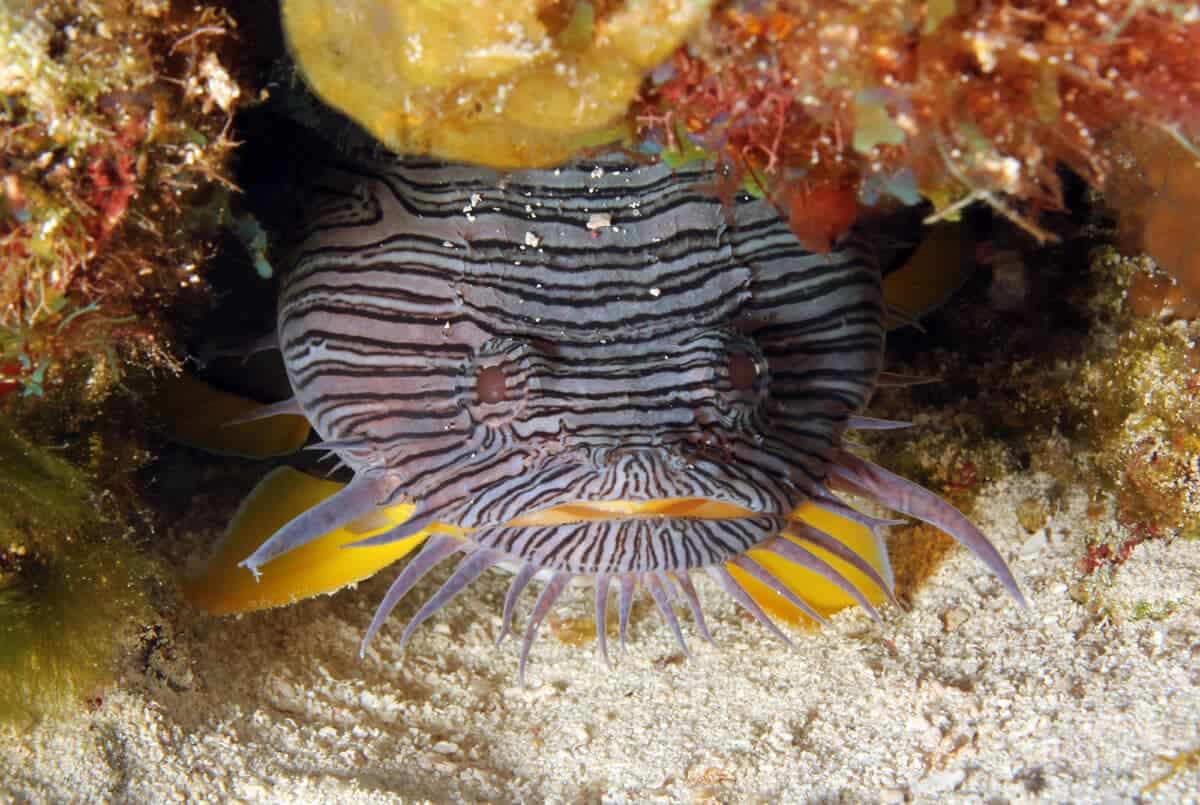
While freshwater nest-builders often receive more attention, several marine fish species construct equally impressive structures. The male jawfish (family Opistognathidae) creates burrows in sandy bottoms, often incorporating shells and coral fragments to reinforce the entrance. During breeding, males hold eggs in their mouths but return to their burrows for protection. The splendid toadfish (Sanopus splendidus) creates elaborate nests under coral ledges, using rocks and debris to form protective chambers where females deposit eggs. Some blenny species weave intricate nests from algae within rock crevices, while certain gobies build surprisingly complex burrow systems with multiple chambers and entrances. Perhaps most striking are the nests of male pufferfish (genus Torquigener), which create elaborate circular patterns in the sand measuring up to 6 feet in diameter. These intricate designs, consisting of meticulously placed ridges and valleys, were only scientifically documented in 2012 and represent some of the most artistic nest constructions in the animal kingdom. The male works tirelessly for 7-9 days to create these structures, using his fins to move sand and create precise geometric patterns that attract females.
Parental Investment: The Evolutionary Advantage of Nest Building
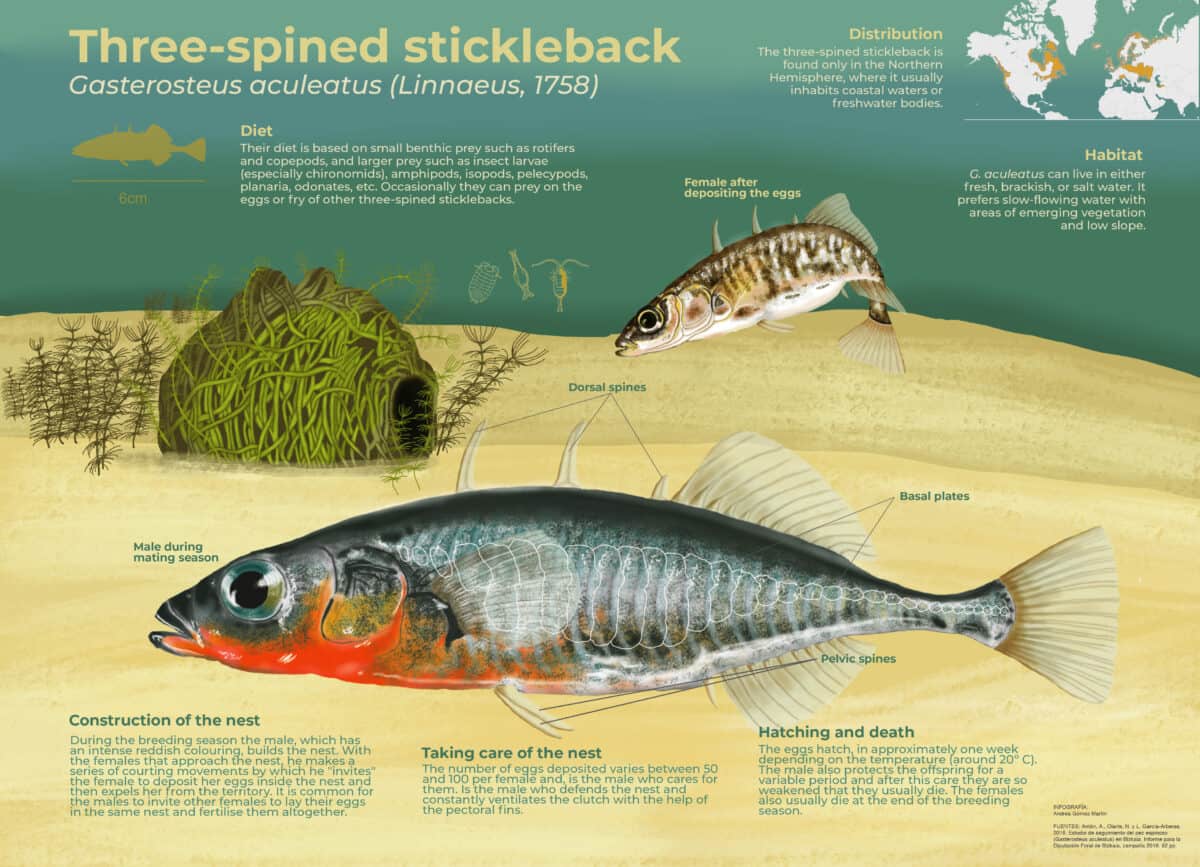
Nest building represents a significant investment of energy and time for fish species, raising the question of why this behavior evolved independently so many times. The answer lies in increased offspring survival rates. By constructing protective environments for their eggs and fry, nest-building fish significantly reduce predation risk during the most vulnerable life stages. Studies on three-spined sticklebacks have shown that eggs in well-constructed nests have survival rates up to 70% higher than unprotected eggs. Additionally, nests help regulate environmental conditions—maintaining optimal temperature, oxygen levels, and protection from water currents or sedimentation. From an evolutionary perspective, this investment pays off through greater reproductive success, even though it comes at considerable cost to the parent fish in terms of energy expenditure and increased predation risk while tending the nest. The prevalence of nest-building across so many fish lineages suggests this reproductive strategy represents a successful evolutionary solution to the challenge of ensuring offspring survival in aquatic environments.
The Role of Hormones in Triggering Nest-Building Behavior
Nest-building behavior in fish is largely controlled by hormonal changes triggered by environmental cues. Research has identified several key hormones, particularly 11-ketotestosterone (11-KT), a fish-specific androgen that increases dramatically in males during breeding season. When 11-KT levels rise, male fish begin displaying territorial behaviors and initiate nest construction. Prolactin, another important hormone, regulates parental care behaviors after eggs are deposited. Studies with three-spined sticklebacks have demonstrated that artificially elevating 11-KT levels can induce nest-building behavior even outside normal breeding seasons. Environmental factors like photoperiod (day length), water temperature, and rainfall patterns serve as initial triggers that stimulate these hormonal changes. This complex interplay between environmental cues, hormonal shifts, and behavioral responses ensures that fish build nests at optimal times when conditions favor offspring survival. Understanding these mechanisms has important implications for conservation efforts and aquaculture, where manipulating these triggers can help manage breeding in captive settings.
Threats to Nest-Building Fish in the Wild
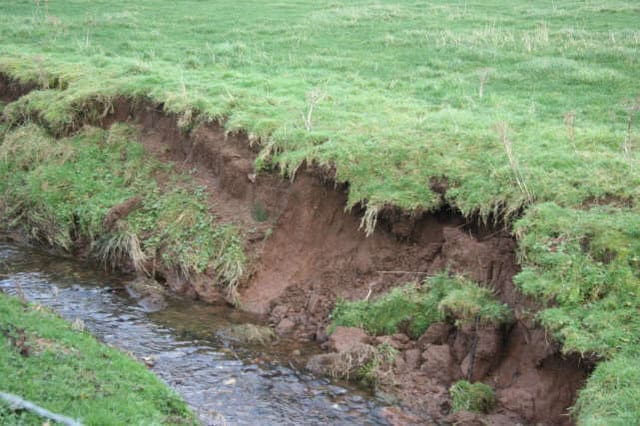
Nest-building fish face numerous threats in their natural habitats, with habitat degradation representing one of the most significant challenges. Sedimentation from erosion, agricultural runoff, and development can smother nests, reducing oxygen availability to eggs. Water pollution, particularly endocrine-disrupting chemicals, can interfere with the hormonal signals that trigger nest-building behaviors in the first place. Climate change poses additional threats through altered rainfall patterns, rising temperatures, and changing water chemistry. For example, the nest-building behavior of three-spined sticklebacks has been observed to decline in waters with higher acidity levels. Invasive species represent another serious threat, as they may prey on eggs or compete for nest-building materials and suitable territories. Conservation efforts focused on nest-building fish must consider these species’ specific reproductive requirements, including maintaining appropriate substrate types, vegetation, and water quality parameters that support successful nest construction and maintenance.
Keeping Nest-Building Fish in Home Aquariums
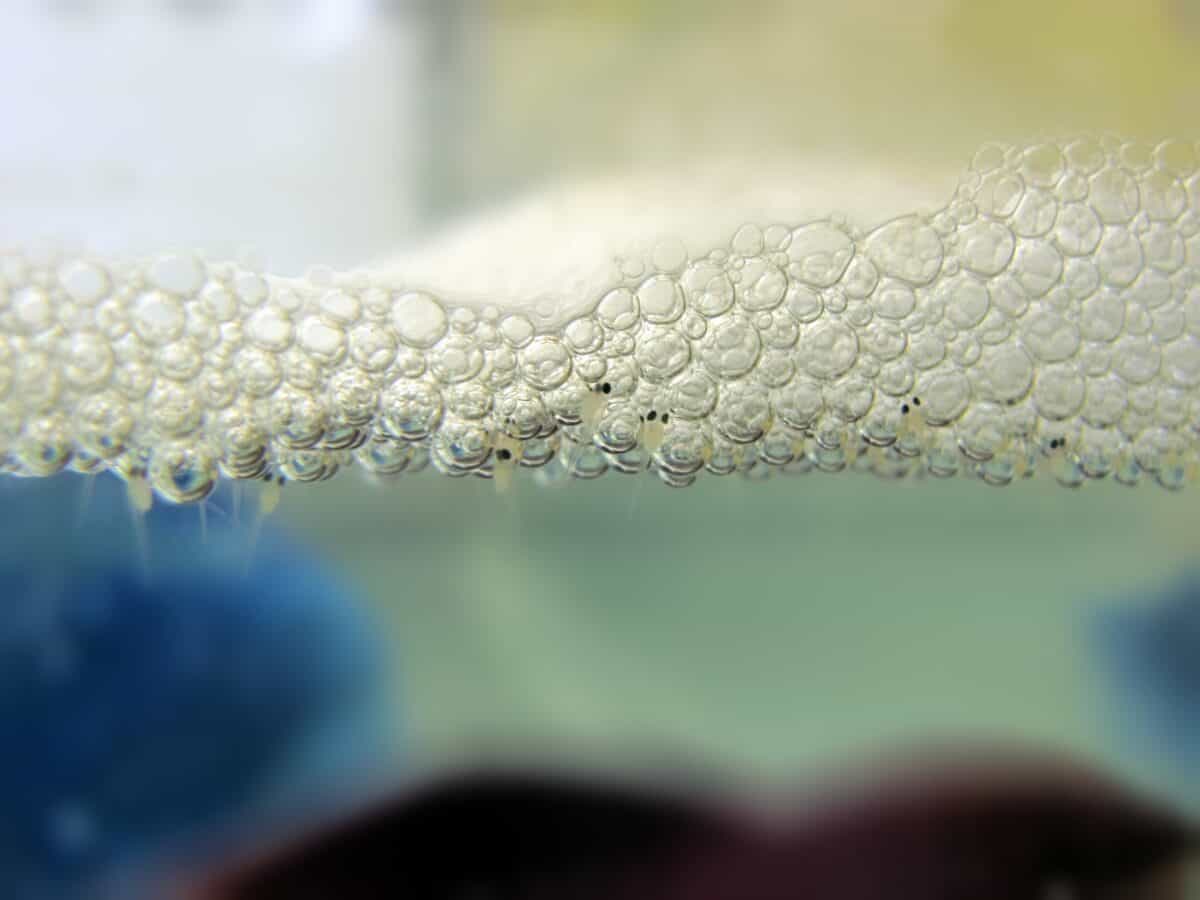
For aquarium enthusiasts, keeping nest-building fish offers a unique opportunity to observe these fascinating behaviors up close. However, proper tank setup is essential to encourage natural reproductive behaviors. For bubble-nest builders like bettas and gouramis, tanks should include floating plants and maintain a calm water surface to support bubble nest construction. Sufficient tank space is crucial, as territorial aggression often increases during breeding season. For substrate spawners like cichlids, providing appropriate materials such as flat rocks, coconut shells, or flowerpots creates potential nesting sites. Water parameters must be carefully maintained to match the species’ natural habitat, as improper conditions can inhibit nest-building behaviors entirely. Many experienced aquarists recommend slightly dimming lights and raising water temperature by a few degrees to simulate natural breeding conditions. While witnessing successful reproduction can be rewarding, potential fish keepers should research thoroughly, as many nest-building species require significant tank space and specialized care to thrive and display their natural behaviors.
Scientific Research and Future Discoveries
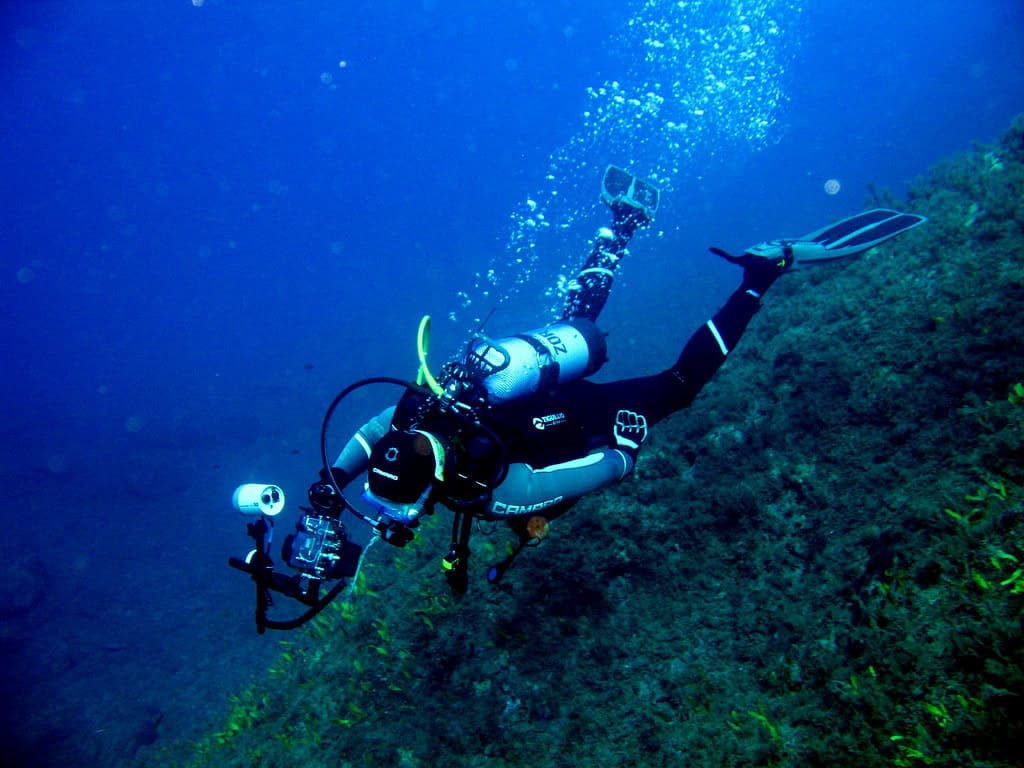
Nest-building fish continue to fascinate scientists, with ongoing research exploring the cognitive abilities these behaviors might represent. Recent studies using three-spined sticklebacks suggest that nest construction involves complex decision-making processes rather than simply following instinctual blueprints. Males appear to evaluate and select materials based on structural properties and adapt their building techniques based on environmental conditions. Advancements in underwater filming technology have allowed researchers to document previously unknown nest-building behaviors in deep-water species. Genetic studies are beginning to identify the specific genes involved in regulating these complex behaviors. One particularly interesting avenue of research involves the similarities between nest-building behaviors across different animal groups, from fish to birds and mammals, suggesting potential evolutionary connections in the neural mechanisms underlying construction behaviors. As research techniques continue to advance, we can expect to discover even more remarkable examples of fish architectural abilities and gain deeper insights into the evolution of these complex behaviors.
The diverse and sophisticated nest-building behaviors observed across numerous fish species reveal a level of complexity that challenges our understanding of fish cognition and behavior. From the bubble nests of bettas to the geometric sand patterns of pufferfish, these underwater architects demonstrate remarkable problem-solving abilities and parental investment. Their building techniques have evolved independently multiple times across various fish lineages, underscoring the adaptive value of creating protective environments for vulnerable offspring. As we face increasing environmental challenges that threaten aquatic habitats worldwide, understanding and preserving these fascinating behaviors becomes even more crucial. By appreciating the intricate ways in which fish construct homes for their young, we gain not only scientific knowledge but also a deeper respect for the hidden complexity of underwater life and the remarkable evolutionary solutions that have emerged in response to environmental challenges.
- America’s Most Endangered Mammals And How to Help - August 9, 2025
- The Coldest Town in America—And How People Survive There - August 9, 2025
- How Some Birds “Steal” Parenting Duties From Others - August 9, 2025

